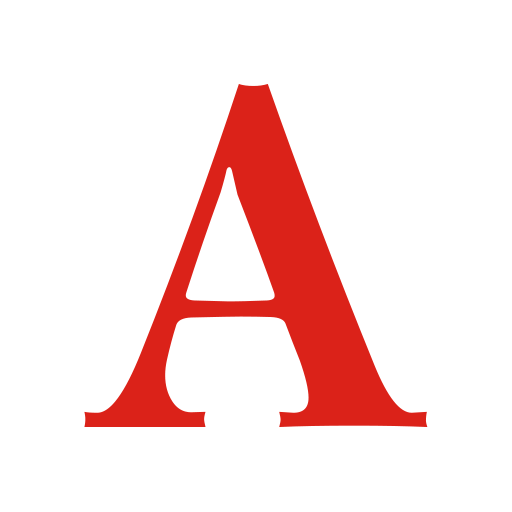Next month, St. James’ Cathedral will host a multi-faith exhibit saluting Canada’s military chaplains and the role they have played in conflicts from earliest times up to the war in Afghanistan.
The cathedral wanted to mark the centennial of the start of the First World War, but in a way that differed from the many other commemorative events taking place in the city, says cathedral archivist Nancy Mallett.
She discovered that there had never been an exhibition in Canada honouring the military chaplaincy, and so it was decided that the cathedral exhibit would provide a historical overview of the roles of chaplains as they have accompanied troops during conflicts and natural disasters.
Called to Serve: An Exhibit Honouring Canada’s Military Chaplains of All Faiths is designed to go beyond the Anglican and even Christian point of view. As Ms. Mallett points out, the “call of empire” in the First World War affected people of many different faiths and cultures around the globe.
Chaplains are generally thought of as providing religious services to the military, but Ms. Mallett says their role goes far beyond that. “They’re in the trenches with the men, they’re on patrol,” she says. “They’re with them in the hospitals, they’re gathering the dead. They’re right there in front line, unarmed.”
The exhibit will include photographs, paintings, press clippings, posters, letters, poems, uniforms, insignia, liturgical apparel and many other artifacts. They come from museums, collectors, individuals and the cathedral’s archives.
The cathedral itself has many remembrances of conflict, including memorials to the Northwest Rebellion, the Boer War and First and Second World Wars, which will be highlighted as part of the exhibit.
There will be examples of stitchery and embroidery, such as a chasuble and hanging inspired by the poem In Flanders Fields, a quilt of poppies and a hooked rug of Vimy Ridge created from old uniforms.
The exhibit will include a communion set with an interesting story. A pair of brass candlesticks and a cross about nine inches high were used by a chaplain during the First World War. They were passed on to a Canadian chaplain going to Bosnia, but he wanted a chalice and paten to go with them. He found what he wanted in a Jewish antiques store — they were silver, with Jewish markings on the paten. This multi-faith set was used not only in Bosnia, but also in Afghanistan.
Some items tell of death — a prayer book carried in the chaplain’s breast pocket with a bullet hole through it — and some tell of avoiding death — a prayer book with a steel cover.
The Royal Regiment of Canada has lent a cross of stones. It was built by John Foote, the only Canadian chaplain to have been awarded the Victoria Cross in the Second World War. He was taken prisoner at Dieppe and after the war returned to the beach and gathered stones for a cross.
A more unusual item is a six-inch copper disc, known as a penny, given by King George V to the families of those killed in the First World War. A chaplain was administering a burial service when shrapnel burst out. After it was over, the chaplain was found mortally wounded. The penny, which was given to his family with a letter from the king, shows Britannia holding a laurel wreath over his inscribed name.
There are many other items that recall the bravery of the men and women who accompany the military to battle. “It will be a very moving exhibit,” says Ms. Mallett.
The exhibit is open Nov. 6-16, from 8 a.m. to 6 p.m. at St. James’ Cathedral at King and Church streets. Admission is free and there will be special activities for children.





Jesus is Lord